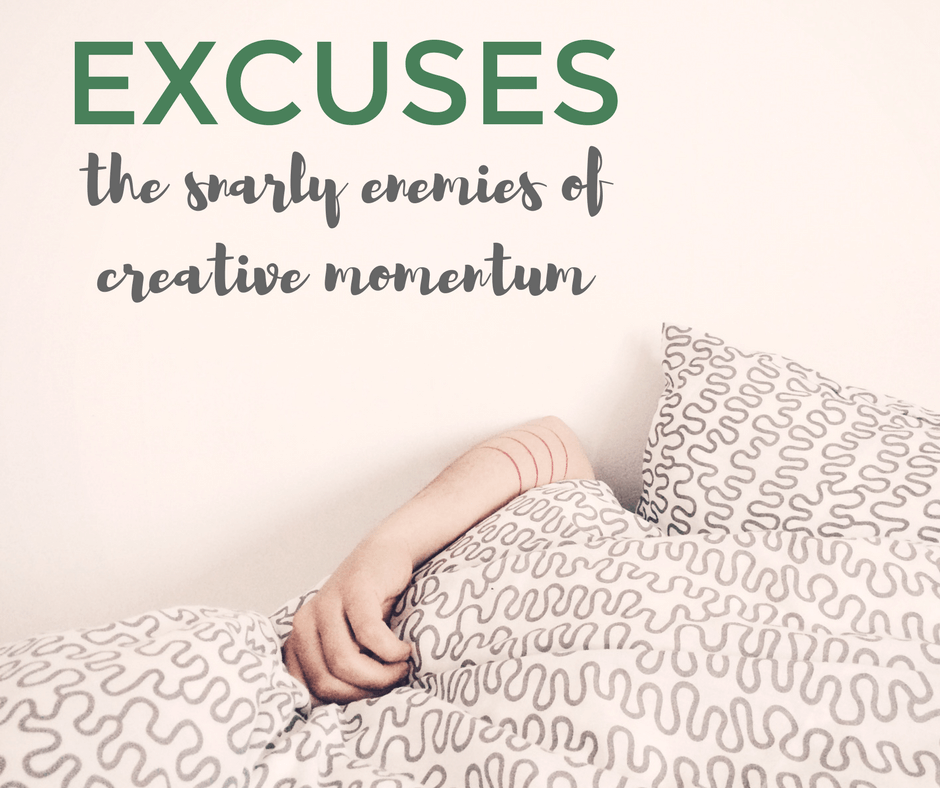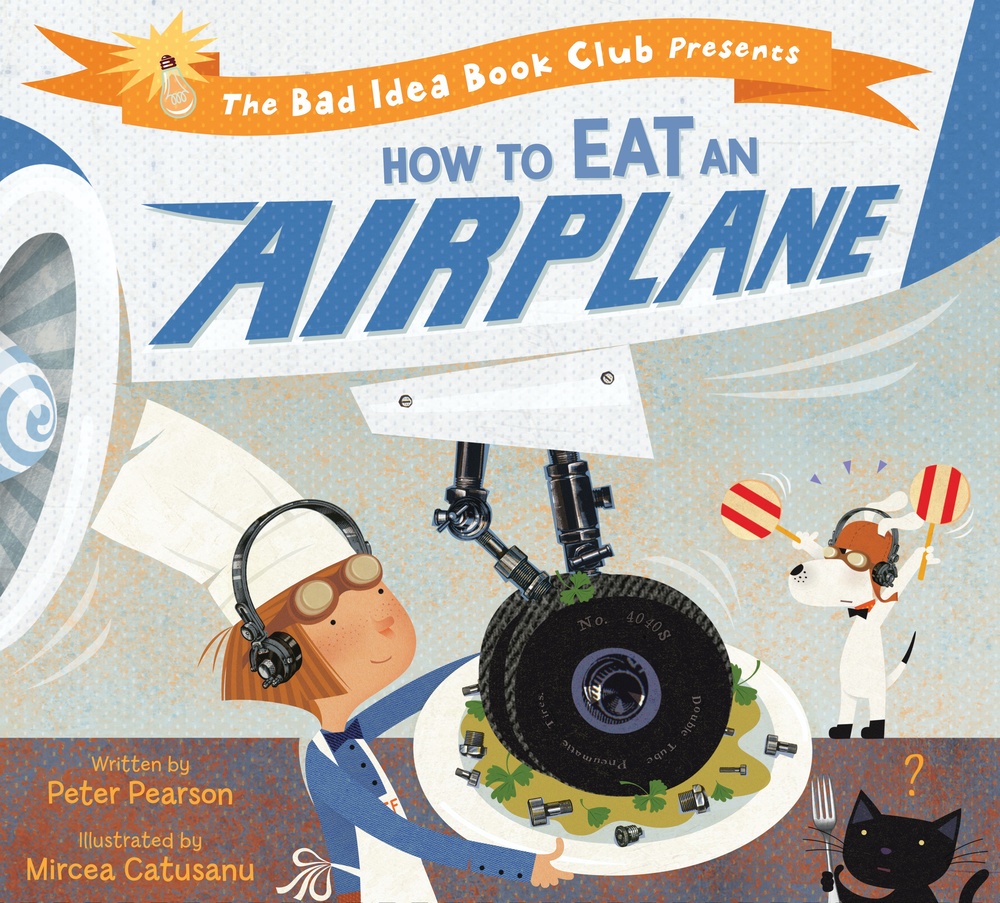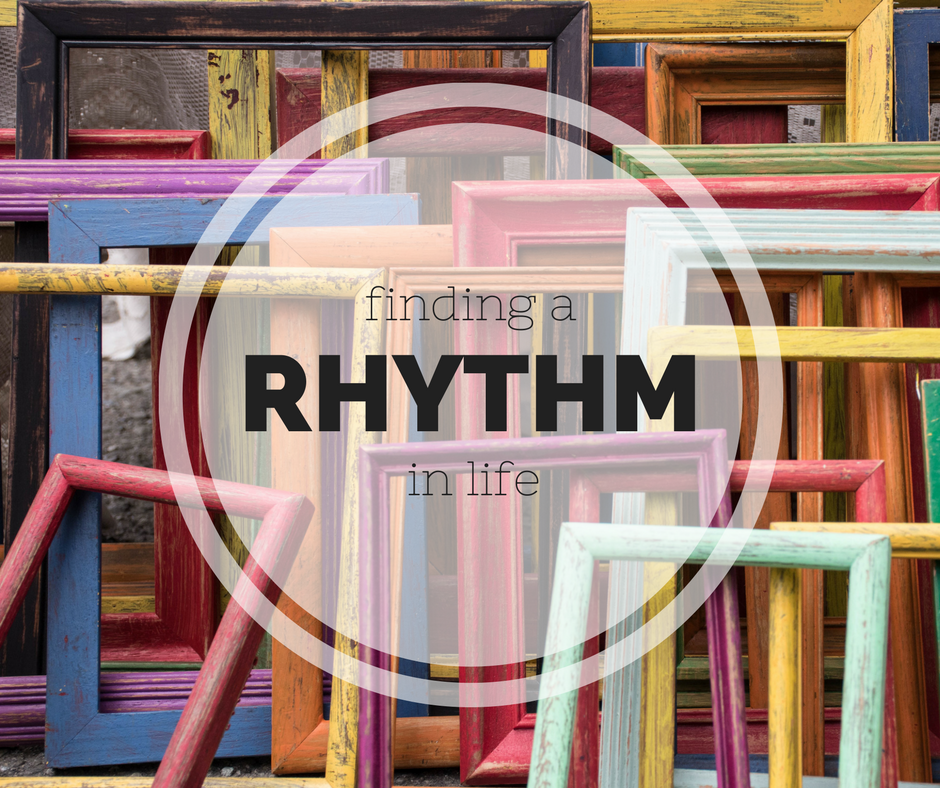by Naomi | Mar 6, 2018 | Creative Life

I’m not a fan of excuses.
And, not in a blow a whistle and shout, “Get to work!” kind of way. More in a roll-up-my-sleeves, experiment-until-you-figure-it-out kind of way.
Excuses are snarly enemies of momentum. They snap at our heels and grab for us with grubby little fingers, hoping to drag us into inertia quicksand. Once we’re sunk, wow is it difficult to scrabble our way free.
A large part of my job, working with educators, with students, with artists, with my team at Society of Young Inklings, is to glare excuses in the face and say, “Not on my watch.” So, it’s probably not surprising that I feel particularly grumpy when I wake to the sound of excuses throwing a dance party at the foot of my bed.
Here we are. It’s March 5, and my last blog post was on January 20. For the larger part of 2017, I posted once a month or so. Now, there are definitely reasons. For one, I’ve been posting more regularly over at Society of Young Inklings because we’re in the midst of a (very exciting) growth curve at our nonprofit for youth writers. Also, I’ve been hard at work backstage on larger creative projects that I can’t share just yet.
Still, to me, these reasons have the sharp scent of excuse to them.
Knowing that I mean to blog, and don’t, takes wind out of my sails every week. Over time, I prove to myself that I’m the sort of person who plans but doesn’t necessarily follow through. My confidence erodes. My optimism suffers. The excuses pole-vault from one area of my life to another and before I know it, my life’s rhythm is completely out of whack.
Today, I’d finally had enough. I decided to hop online and share a little of my thinking real-time. Maybe you’ve had situations like the one I’m in, where you realized that your expectations and your reality weren’t matching up. What did you do?
Here’s what I’m thinking.
- I could take an official break from the blog. This would be a reasonable strategy, and would send the excuses packing. Unfortunately, it would also mean I couldn’t blog, which is a problem. In the past few weeks, I’ve actually been prepping for a more regular editorial calendar. I’m looking forward to blogging regularly … I’m just not quite ready yet.
- I could set a launch date for my new approach and build toward it. While a date is also a deadline, I actually like the sound of this possibility. It gives me breathing room, and also a healthy dose of accountability.
- I could force myself to start today and carry on, posting once a week, rain or shine. But, you deserve my very best. My posts ought to rattle fresh creativity loose for you, or at the least, send you back to your projects with renewed enthusiasm. If I bully myself into blogging when I’m not ready, I fear I might inspire you to bully yourself, too. No, thank you.
- Or, I could decide to close down the blog. But, I love writing from my heart to yours. So, for me, that’s really not an option.
I may have found a solution in the possible launch date, but I want to explore how to make it a viable one for the long run. Because the truth is, my bandwidth for producing meaningful content will ebb and flow. As an author, book deadlines come before blog intentions. As a founder and Executive Director, the stability and health of Society of Young Inklings are also top priority. And beyond work commitments, I have health, family, friends, to name a few. And life isn’t always predictable.
Over the years, I’ve learned a lot of excuse-extermination strategies. Most often, I return to the simple question starter: “How might I…”
Step One: Craft a question to focus my attention tightly on the problem.
How might I be realistic, true to my priorities, realistic, and make an excuse-free commitment?
Step Two: Brainstorm options.
- Commit to post infrequently, maybe once a month.
- Repurpose old posts along with the new ones.
- Create some short-form post formats. Every post doesn’t have to be epic. (Readers appreciate short, too!)
Step Three: Choose an approach and experiment.
I think I’ll commit to starting the blog again on April 3. I’ll post on Tuesdays and possibly add a bonus post on Thursdays. Some posts will be small. I’m not going to demand perfection. If I’m in a busy season, I’ll show up on Tuesday and tell you so. It might just be a sentence or two. But what I learned writing this post, (and here’s what I hope might be applicable to you, too) is that even mid-process, our thoughts can be useful.
Are you battling excuses, too? Maybe it’s not a blog for you, but it’s a book, or a painting, or even an exercise routine. Would it help you to stop, ask yourself a focused “How might I …” question and brainstorm solutions?
It certainly gave me a fresh gust of wind in my sails.
Thank you. Knowing that you’re out there, living life, popping by the Writerly Play blog now and again for ideas and inspiration, means more to me than you likely know. Perspective, growth, clarity… I gain all of these and more by shaping my ideas on the page, and especially when I hear back from you. I love hearing what you see and notice and wonder. So, please. Always, always, feel free to reach out and share your experiences, too. Tag me on Facebook or Twitter, or comment below.
Tell me: What expectations do you have for yourself that you’re not sure work right now? How might you adjust those expectations to make life work better?
Or tell me: Have you met the excuse gremlins? What kind of havoc do they cause in your life?
by Naomi | Dec 8, 2017 | Creative Life
… is one bite at a time.
Hopefully you don’t eat airplanes, but if you do (and even if you don’t), check out How to Eat an Airplane by my friend, Peter Pearson. Hilarious stuff. An excellent gift idea for nearly anyone on your list.

Honestly, though. This morning, I woke up to a list that included:
- Skeleton an online course
- Revise program launch marketing materials (emails, blog posts, etc.)
- Read twelve novels in progress and provide feedback
Those tasks were only three of about twenty items. Is anyone else’s life like this? No, I take that back. I know this kind of overwhelm is the norm for most of us.
Before you send me emails explaining how I should better manage my to-do list, I honestly have been working on planting my feet in reality and putting a better system into place. And even if it doesn’t appear true, based on the evidence above, I actually have been making progress.
The real topic I wanted to write about, though, isn’t to-do lists. I’ve been thinking about how to tackle enormous projects, especially when I have more than one of them on my list–which is always. I wear more than one hat, and that means having more than one project. Most artists are in my same boat.
I’ve thought a lot about systems and processes, but the thing that has mattered most is mindset. Specifically, the story I tell myself about how I’m doing. When I’m disheartened, I work slowly. I need breaks and chocolate. And then, because of the chocolate, I need naps. If I focus on what’s working, my brain fog clears, and I can see the next right step. Or, yes… I can take the next bite of the airplane.
Recently, November ended. If you’ve been following my blog, you know I committed to revising my novel for NaNoWriMo. And … I finished! Except, I didn’t finish exactly the way I pictured finishing. The last few chapters were summarized rather than drafted. Still, the novel is one cohesive piece, and so much progress was made. Now, I could tell myself I failed, because technically I didn’t write all the way to the end. Or, I can tell myself what’s actually more true, that I kept at it, that I did the work I needed to do, and that I sent it to someone for feedback at the just-right stage.
The point is, whether I call my effort a success or a failure is up to me. And since I gave the book my very best effort in the time I had to spend, I think that calling my work a success is more healthy than beating myself up. What’s more, allowing myself to feel proud of what I achieved, rather than obsessing on what is left to do, keeps me in motion.
That plane is still there, waiting to be eaten, after all.
If you’re in a similar place, juggling many projects … I’m guessing so many of you are … keep in mind that you can definitely review your workflow, focus, and find ways to work smarter. What may be even more powerful, however, is revising the story inside your head. Don’t let it run on autoplay. Be intentional about celebrating your successes.
And keep going. One day, you’ll wake up and it will be time for the last bite of that airplane. Until the next one shows up! You love challenges, after all, so make peace with the process. That’s where you’ll be most of the time.
by Naomi | Mar 16, 2017 | Creative Life

I’ve made a discovery.
You probably made this discovery long before I did, but there’s a reason we say “I couldn’t see the forest for the trees.” Sometimes we’re too close to something to see the big picture.
On the Writerly Play blog, I am writing about developing creativity, and about how story helps us see ourselves and our growth more clearly. Yet, at the heart of every post, whether I’m exploring practical strategies, playful activities or mindset, I’m actually writing about balance.
I’m writing about the space between.
In order for creativity to thrive, we need both structure and play. For instance, story provides a general structure, but playing within that structure makes a story unique, surprising, and engaging.
For the past couple weeks, I’ve been writing about visual literacy. I’ve been making a case for communicating a vision in a visual way. Now, I am swinging the pendulum back the other way in order to explore the power of language. Visual literacy is important, and so is verbal literacy. Both are creative. Both are powerful.
What matters is the balance between the two.
If we decide words ought to be avoided, that infographics are the communication medium of the future, we lose the complexity of beautifully well-crafted sentences. If, on the other hand, we insist on pages of unbroken text when an image would have made our meaning immediately clear, we’ve lost a significant point of connection.
Painting and drawing have been a part of my life since I was young, but my artistic medium, the one that fits just-so, is the medium of words. I love playing around with images, with music, with color and rhythm and yes, balance. But when I need to express an idea, to put it out into the world and share it, I turn to words.
Yesterday, I stumbled across a love letter. You may have already seen it, but if you haven’t, you absolutely must read Amy Krouse Rosenthal’s love letter to her husband. This letter is an exquisite example of the power of language. Reading it, I was reminded of the reason words matter to me so very much. It’s partially because of the way that carefully chosen words communicate. It’s also because our words can be gifts.
Our words have a little bit of magic in them.
Words can change the way a person sees herself or her situation. When her perception changes, her focus changes. Since our experience of life relies so heavily on where we place our attention, this shifting focus can change our life. Literally. And thus, words might as well be magic beans. When the circumstances are right, we can plant them in others’ lives and watch magic grow.
What will you do with your words today?
With my words, I enjoy planting the seeds of one question asked in a thousand different ways. What if we looked at it this way? Or that way? To balance, one must constantly make tiny adjustments. A life well-lived has this element of adjustment in it as well. Fresh perspective asks something of us. A new idea knocks us out of our comfort zone, swinging the pendulum toward the opposite pole. As we swing back and forth, we work at navigating a middle ground. This middle ground isn’t simple. Staying balanced in that space takes active, mindful work. And yet, playing in that tension-filled space, that’s the art of living life well. That active, mindful space is where Writerly Play lives.
I’d love to hear from you, on language, or images, or the space between. Share below, or connect with me on Facebook or Twitter.
With love and creativity!
by Naomi | Jan 23, 2017 | Creative Life

Why is finding a rhythm in life so challenging? At the beginning of the year, many of us re-shuffle our plans to create more clarity and ease in our lives, but within weeks (if not days) we find ourselves out of step again.
Why do we lose our life’s rhythm?
For many reasons. Exciting ones such as:
- We encounter exciting new opportunities.
- Success changes our circumstances and routines.
- Life’s surprises show up.
And frustrating ones such as:
- We run into unexpected challenges.
- Our plans don’t match up with others’ plans.
- We want to make everyone happy.
- We started out with impossible expectations for ourselves.
- In the moment, we make decisions that clash with our big-picture hopes and dreams.
We resist establishing a rhythm to our routine because we know one or all of these (good and bad) things will happen. The dissonance between the routine we desire and the life we’re living is unsettling. We’re living an out-of-sync song.
Is finding a rhythm in life possible?
Rhythm is never static. In music, we establish a downbeat and play from there. Even though we may speed up or slow down, subdivide or syncopate, the downbeat provides the foundation for the song. In this way, life’s rhythm is also fluid, but essential. Without a strong downbeat, we can’t help but get lost. We all experience surprises, challenges and detours, but if we’ve established a norm, we can measure our distance from that norm. We can find our way back.
What does rhythm in life look like?
I don’t know about you, but when I decide I need to do more of something–say working out–any time I’m not doing that thing, I feel guilty. The trouble is, at any given time I have five to ten items on my “I need to do more of that” list. For a long time, I allowed myself to feel guilty much of the time. It wasn’t an overwhelming, devour-my-world guilt. It was a low-level guilt, like a headache you don’t notice until it goes away. Even though it wasn’t overwhelming, my guilt distracted me. I’d be in the middle of writing a new chapter in my novel and think, “Oooh, I should go for a run.”
To me, rhythm in life looks like a clear agreement with myself. This agreement helps me dismiss distracting thoughts. I know how often I’ll go for a run, and generally, when my exercise sessions fit into my week. By creating a structure, I know when I’m deviating from my plan. I can still say yes to surprises, because I know what I’ll need to reschedule in order to make my “yes” possible. Also, the structure provides me with a clear understanding of when I actually AM breaking my commitments to myself. Establishing a rhythm takes up-front effort, but it has made all the difference in my overall focus and momentum.
The benefits of finding a rhythm in life
Life ebbs and flows. When we try to close our eyes and block out everything but our plans, we miss many joyful surprises. And yet, if we fly by the seat of our pants for too long, our big dreams can hover just out of reach. Finding a rhythm in life makes room for what’s actually true. No two days are alike. No plan is followed exactly to the letter. When we dance within that reality, we find momentum AND freedom.
Convinced? Want to try it out for yourself? In case you need a jump-start, I’ve created a Step-by-Step Guide to walk you through the process I used when establishing my own rhythm.
by Naomi | Dec 12, 2016 | Creative Life
For a long time, I’ve had the secret wish to take a year and be a fly on the wall in workspaces other than my own. Wouldn’t it be interesting to witness first hand the way a chef or a sculptor or a parade float designer thinks about a challenge? And not only interesting … I’m positive that this expanded perspective would develop my thinking and give me new tools with which to face the challenges my own work presents.
I can’t really take a year off … not without leaving behind important goals. However, I realized that even so, I could still be a fly on the wall. Over the next year, as I explore a variety of creative concepts (such as balance, which I’ve been looking at over the past few weeks), I’ll also ask a friend who has experience in another field to weigh in. The questions they ask are sure to power a few a-ha moments for us, particularly if we ask ourselves: What are the connections to my own work?
And thus, without further ado, here is the first of that “fly on the wall” series. This set of five questions is from Tim McCanna, who speaks here from the perspective of a graphic designer. He’s an excellent real-world case of what I’m talking about in terms of bringing ideas from one field to another, because he is now a children’s book writer, and much of the thinking he developed as a designer has proven invaluable to him as a writer.
Tim’s Graphic Design Questions on Balance:
1. WHAT IS THE CLIENT’S CORE OBJECTIVE?
This question constantly informs my decision making process as a designer. If I’m not keeping the client’s purpose front of mind, then I risk misrepresenting them to their audience. Every designer comes to the table with their own tastes and ideas. Our job is to balance our own creative influences and input with the client’s wants and needs.
2. WHAT IS THE SIMPLEST WAY FROM POINT A TO POINT B?
Whether it’s a logo, advertisement, or brochure, the moment I catch myself overcomplicating a design, I know it’s time to step back and re-evaluate how I’m approaching a project so that the message reads quickly and clearly. The trick is balancing form and function.
3. WHAT IS THE CLIENT REALLY TELLING ME?
Sometimes a client doesn’t think they know what they want, but they actually do. Other times a client thinks they know what they want, but they clearly don’t. Either way, you have to listen, be open, and offer them options to help them determine what works and doesn’t work for their needs. It’s a balancing act between gently coaching a client so they can communicate their needs while stepping back and just listening without intervening.
4. HOW WILL THIS PROJECT BE MOST SUCCESSFUL?
Any creative job has several moving parts. There’s the timeline and the deadline. There’s the amount of work hours the designer can invest in the job. There’s the budget the client can afford. There’s the creative expectations on both sides. Communication channels must be open. The designer must be honest about how they can best achieve the client’s goals, and the client must be able to respect the designer’s creative process. And the more people involved, the more complicated it all becomes! Setting up a clear plan from the start will ensure a balanced agreement between all parties. It’s crucial for the success of the work.
5. IS THE TEXT IN HARMONY WITH THE VISUALS?
A muddled, overworked, or disorganized design will surely hinder the clear message a client needs to convey to their audience. A designer is constantly keeping in check the balance of text, graphics, and images. Every choice from font size to image crop to logo placement impacts the overall aesthetic of the project. No stone can be left unturned. Every choice must be specific and deliberate. Design is art, and a designer must use an unwavering artistic eye to achieve a balanced end result that satisfies the client and connects with their audience.
Who’s Tim McCanna?
Tim McCanna has played many creative roles including those of actor, musician, musical theatre writer, graphic designer and dad. Now, he’s combining all those experiences into being a writer for children. He has several picture books under development. BITTY BOT, with illustrations by Tad Carpenter, is his most recent release. A sequel to BITTY BOT will follow in 2018. You can learn more about Tim at
www.timmccanna.com.






